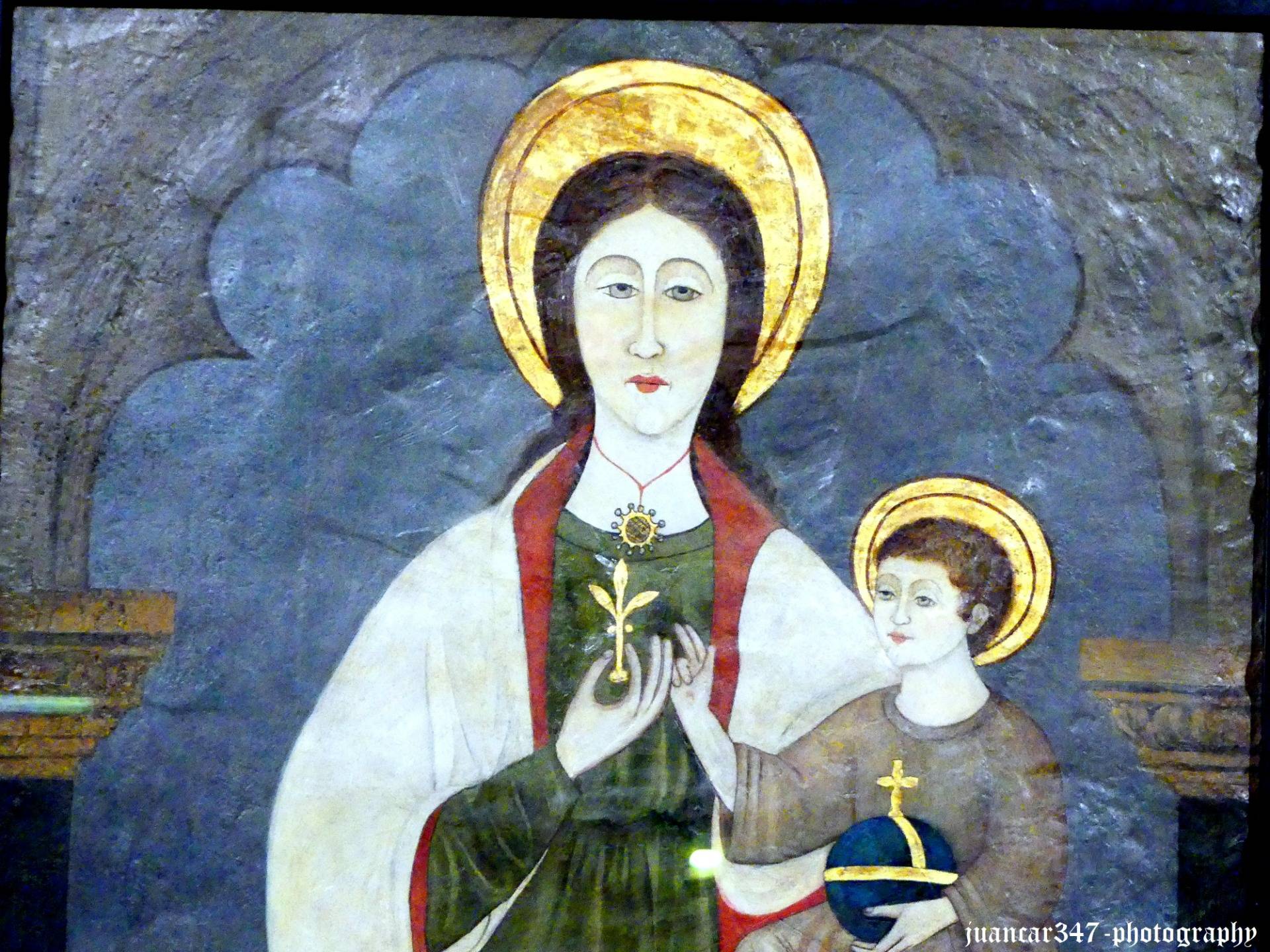
Although Madrid is not a capital that stands out, precisely, like many others, for the richness and abundance of that exciting architecture that distinguished one of the most intense periods in the history of Spain, such as the Romanesque, it still preserves, despite of everything, some related curiosities, not lacking, at all, of beauty and interest.
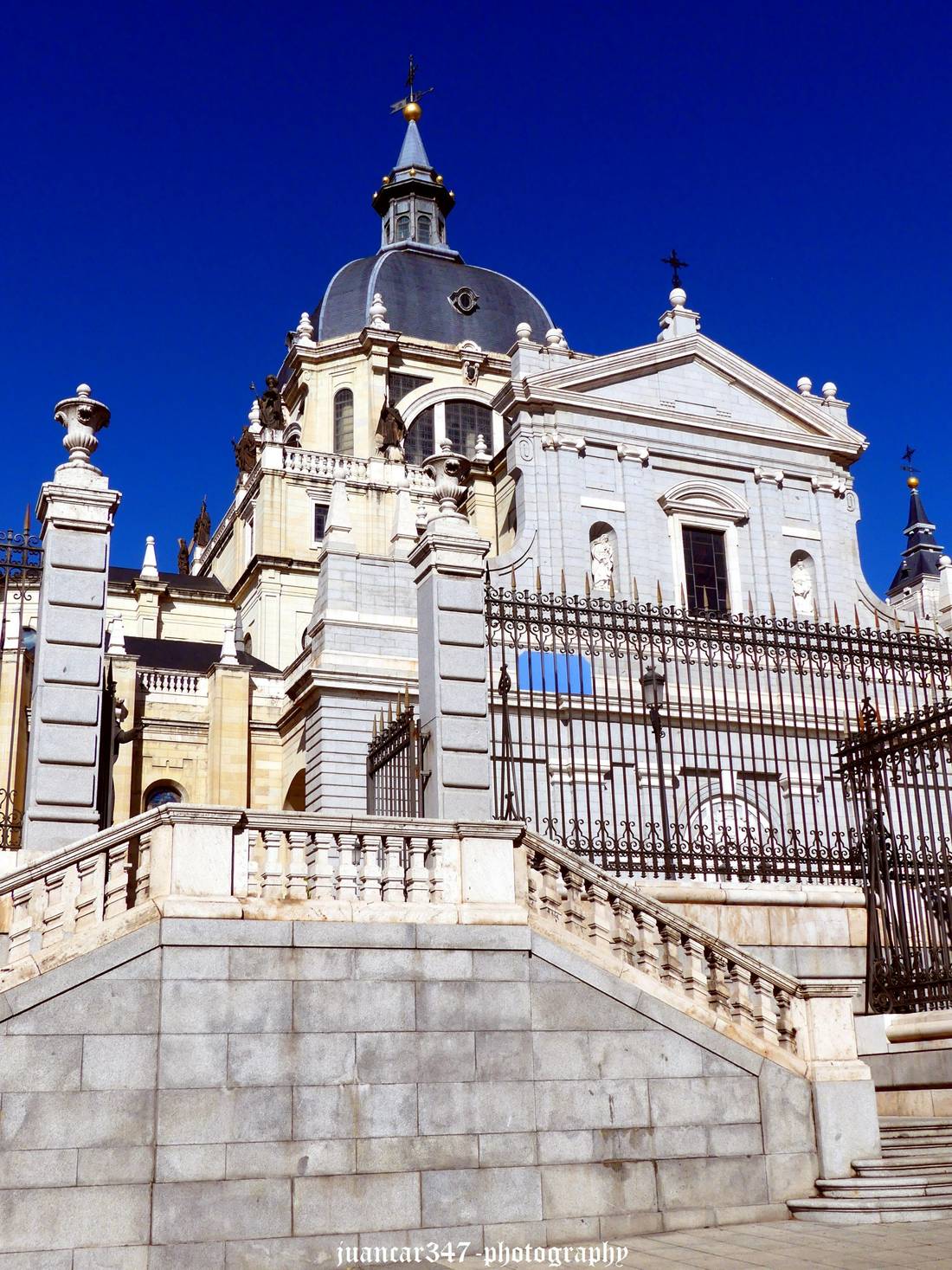
It has always been said, and rightly so, that Spain has been an eminently Marian country; which comes to mean, as incredible as such a statement may seem to all those who think that they are living the golden age of agnosticism, that the virginal figure of Mary always had a warm welcome in the heart and in the fidelity of the Spanish.
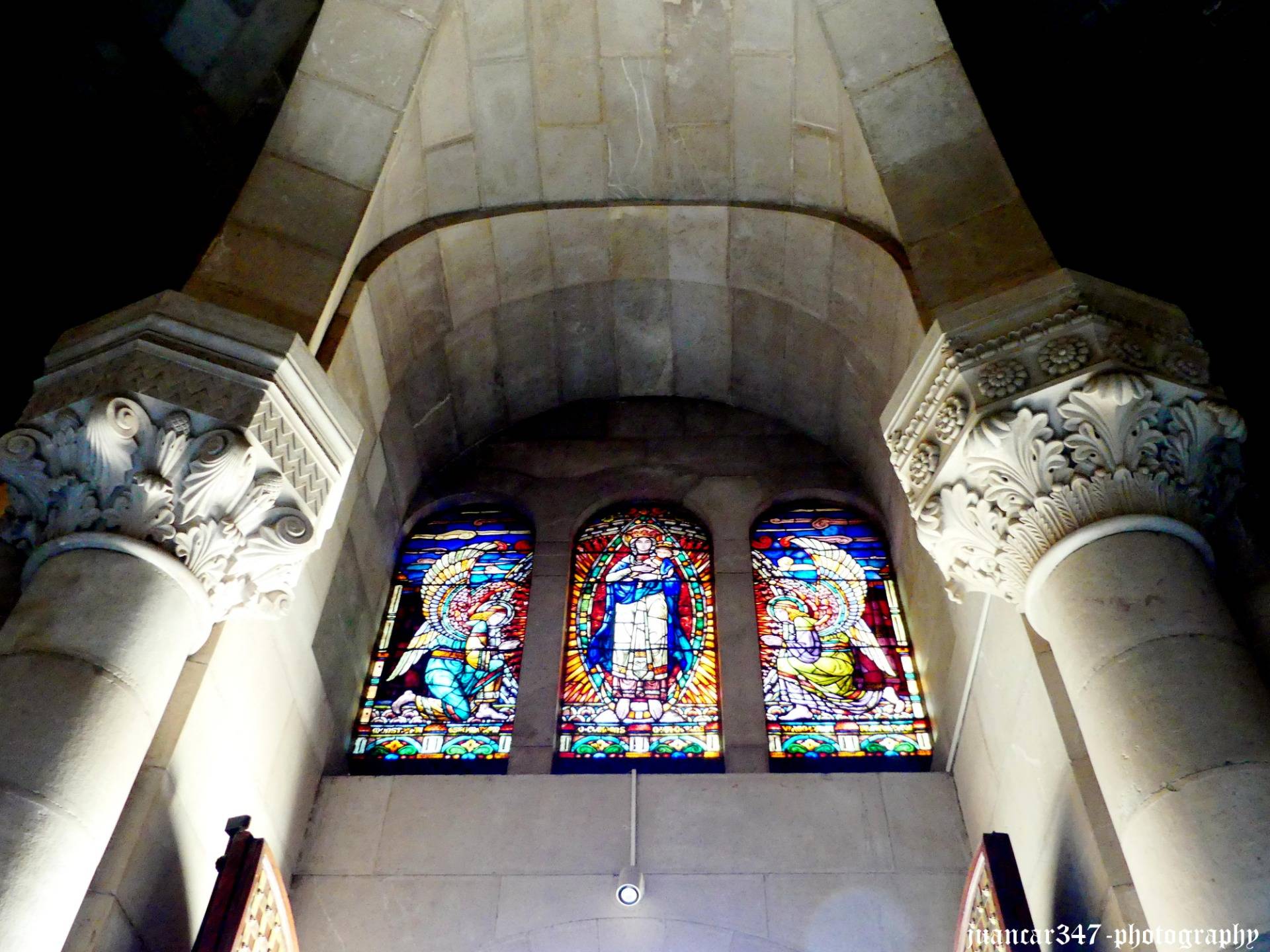
To such an extent that, if we had to make an inventory, as exhaustive as possible, of the veracity of this affirmation, we would see that it would be practically impossible for us, since there is no city, town or remote village, that in whose cathedral, in whose church or in the most humble of its hermitages, do not have an image of Mary and in many cases, with an extraordinary miracle-working tradition behind it.

Madrid, despite having lost most of that late Romanesque art, which characterized the reconversion of this city, from the reconquest, in the twelfth century, still preserves, precisely in the figure of the Virgin Mary, that indelible memory , in the figures, more or less fortunate -unfortunately, the original image of the Patron Saint of Madrid, the Virgen de la Almudena, was lost in a fire, although her remains were deposited inside the modern image that presides over the cathedral that bears her name - of three virgins in particular: the already mentioned Almudena, the Virgin of Atocha and the one that I have the pleasure of presenting to you, less known by the visiting public, in general, which responds to the name of Virgen de la Fleur of Lis.
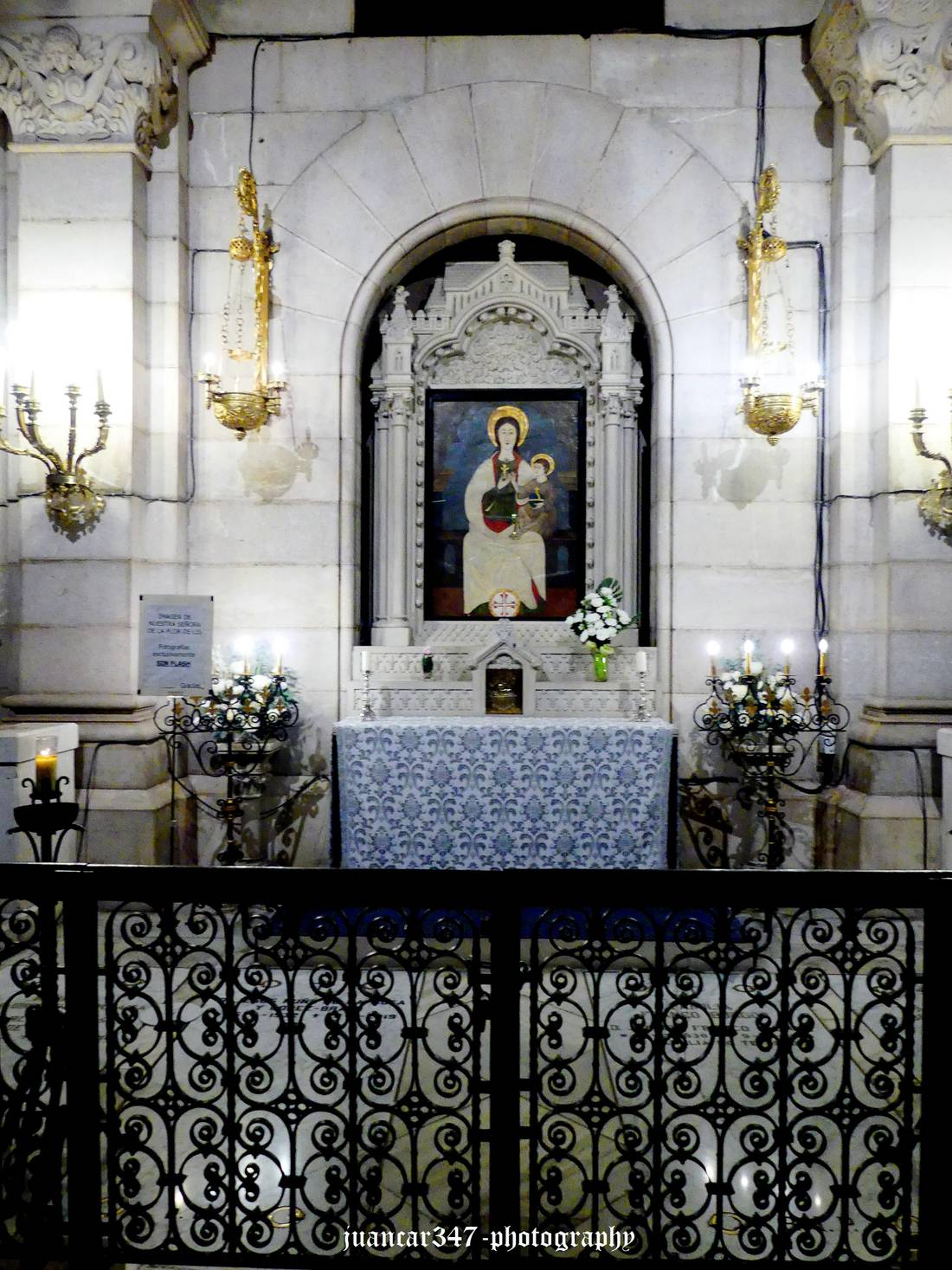
Unlike the other two, which were made from a block of wood and had behind them the legend of their carving by Lucas himself, when not, by the son of thunder, Santiago Boanerges, the Virgin of Lis, responds to that plasticity, that, at the time, covered a good part of the apses of churches and hermitages of Romanesque origin, making them, comparatively and metaphorically, small but beautiful Sistine Chapels.
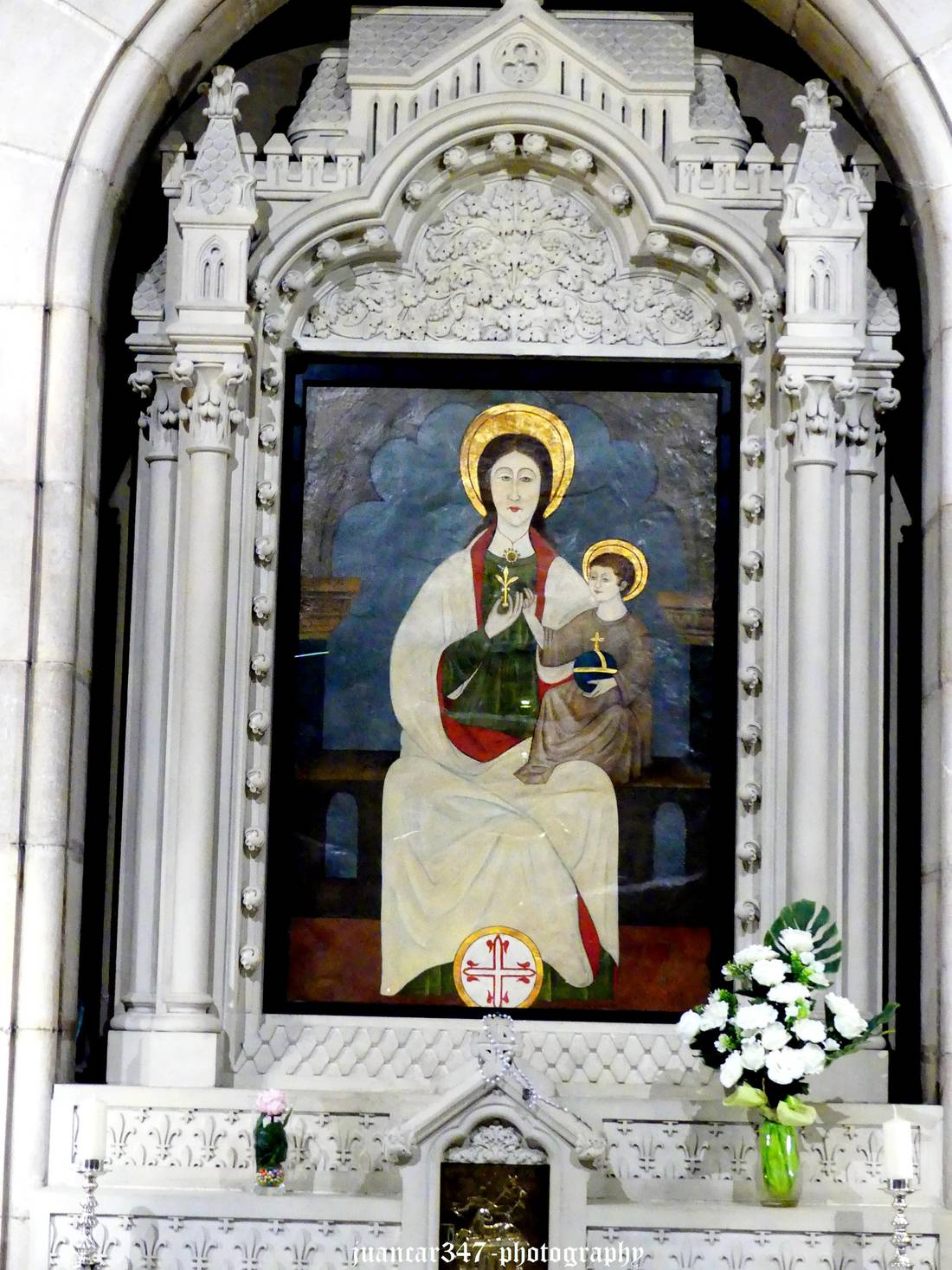
The canvas, because that is precisely what it is about, is also of Romanesque origin, dating from the 13th century and discovered, by chance, in the 19th century, when the walls of the old Romanesque church of Santa María began to be demolished, that at that time, stood in the place where it was determined that the current Almudena cathedral should be built: at the confluence of the Cuesta de San Vicente -which still retains part of its medieval wall and where the carving of the Virgin was discovered de la Almudena, just reconquered the city- with Mayor and Bailen streets.
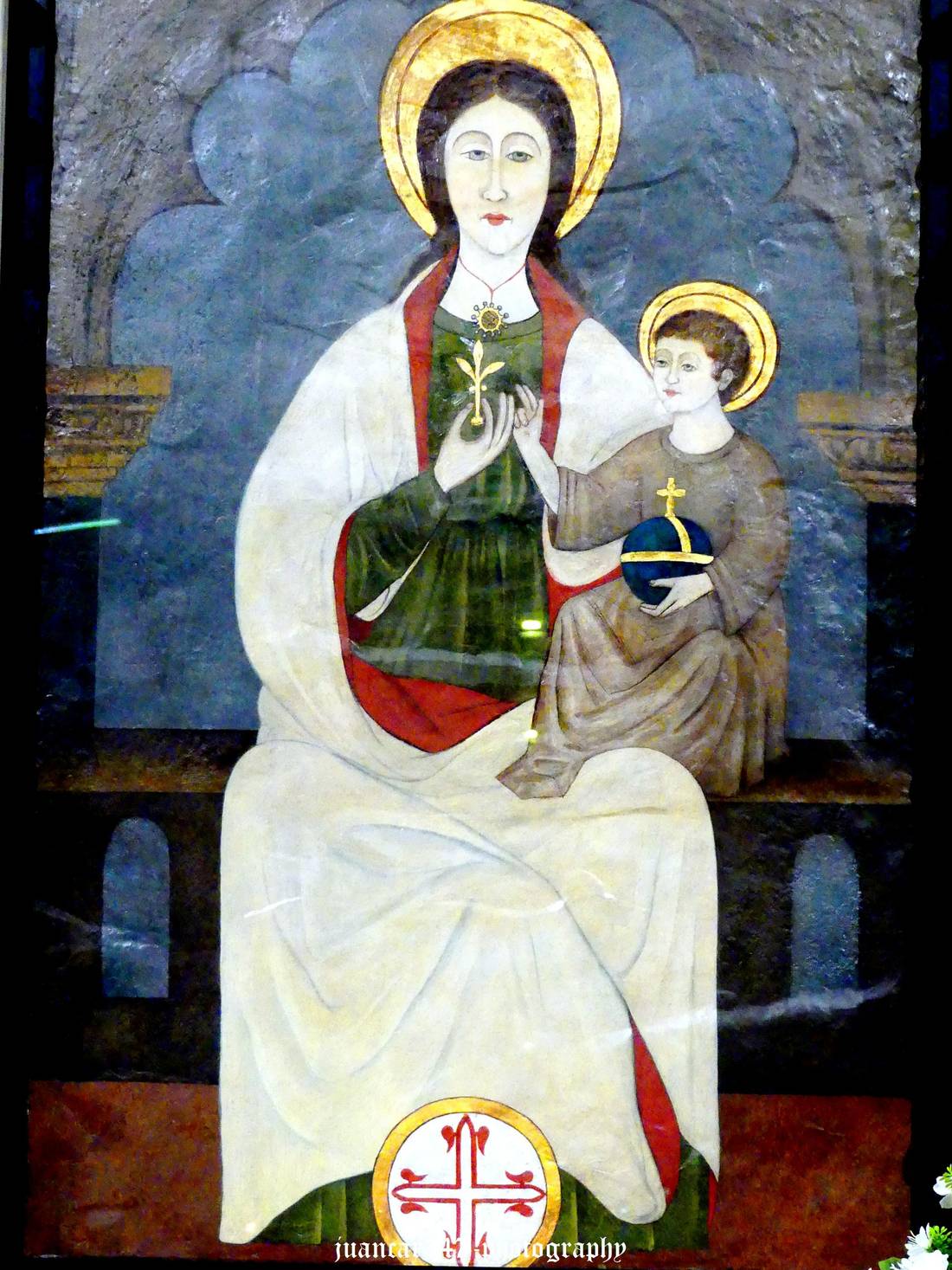
In this beautiful painting, which goes unnoticed by many of those who visit the neo-Romanesque crypt of the cathedral, located a few meters from a moving Gothic carving of the Christ of the Good Path and which, according to certain circles, was ordered to be painted, on purpose, by King Alfonso VI, we have an excellent example of hieratic Romanesque expressiveness, showing a seated figure, Mary herself, holding the Child with her left arm and clearly showing one of the richest symbols of all those that always accompany to this type of representation: the fleur-de-lis or the lily.
Don't Forget: Get Travel Health Insurance!
To make your trip a worry-free experience, TravelFeed recommends SafetyWing Nomad Insurance. It provides comprehensive health coverage while you travel, so you can focus on exploring, not the unexpected. Get a quote here
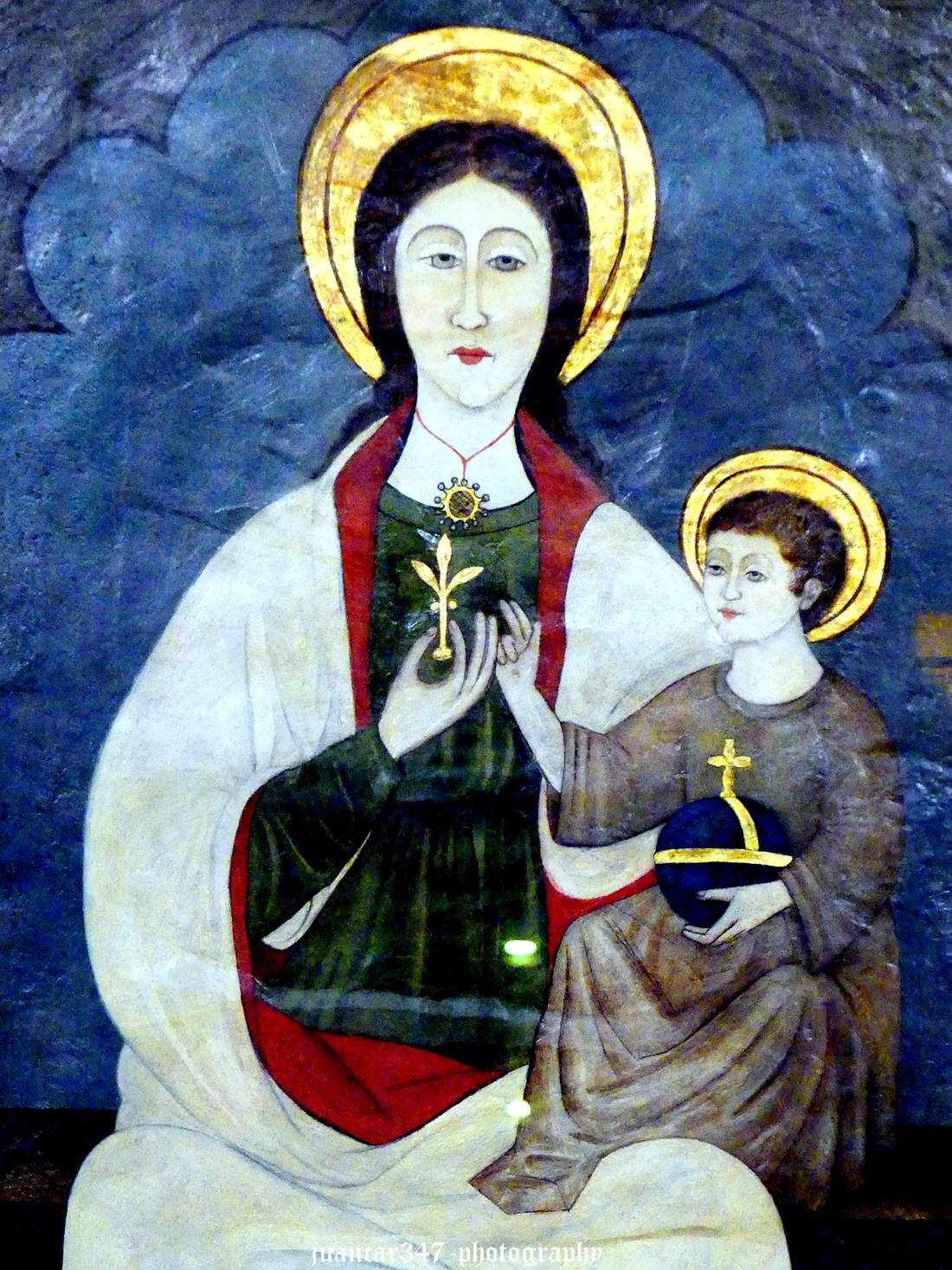
On his part, the Child carries in his hands, a ball, divided into the traditional three sections, which represented the three known continents -to a greater or lesser extent- at that time: Europe, Africa and Asia.
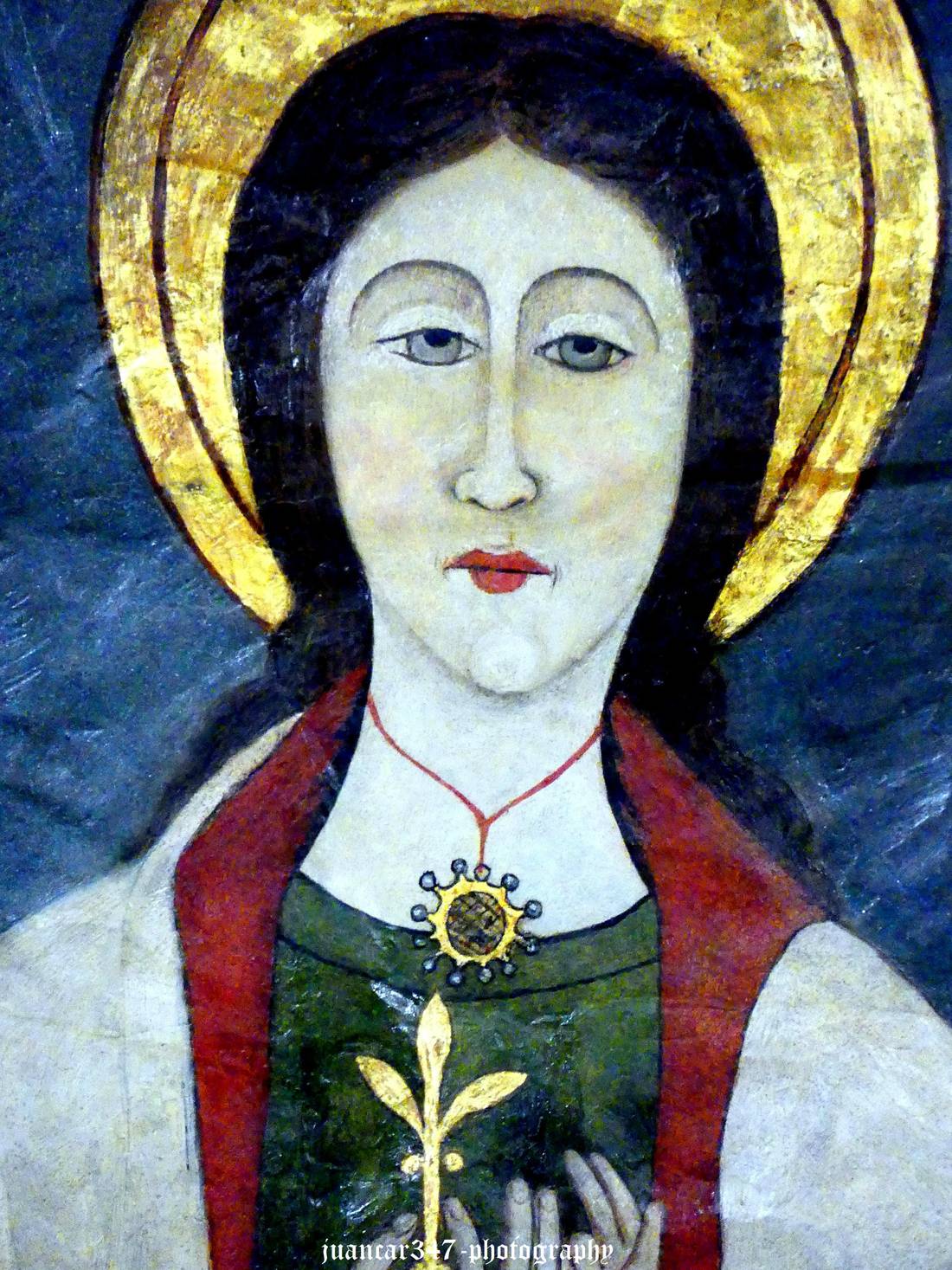
A few years ago, the canvas was restored, so now its colors seem cleaner or sharper, a detail that, at the time, led to certain suspicious opinions, to think that perhaps there had been a change and that the original had been secretly hidden or sold to some rich collector.
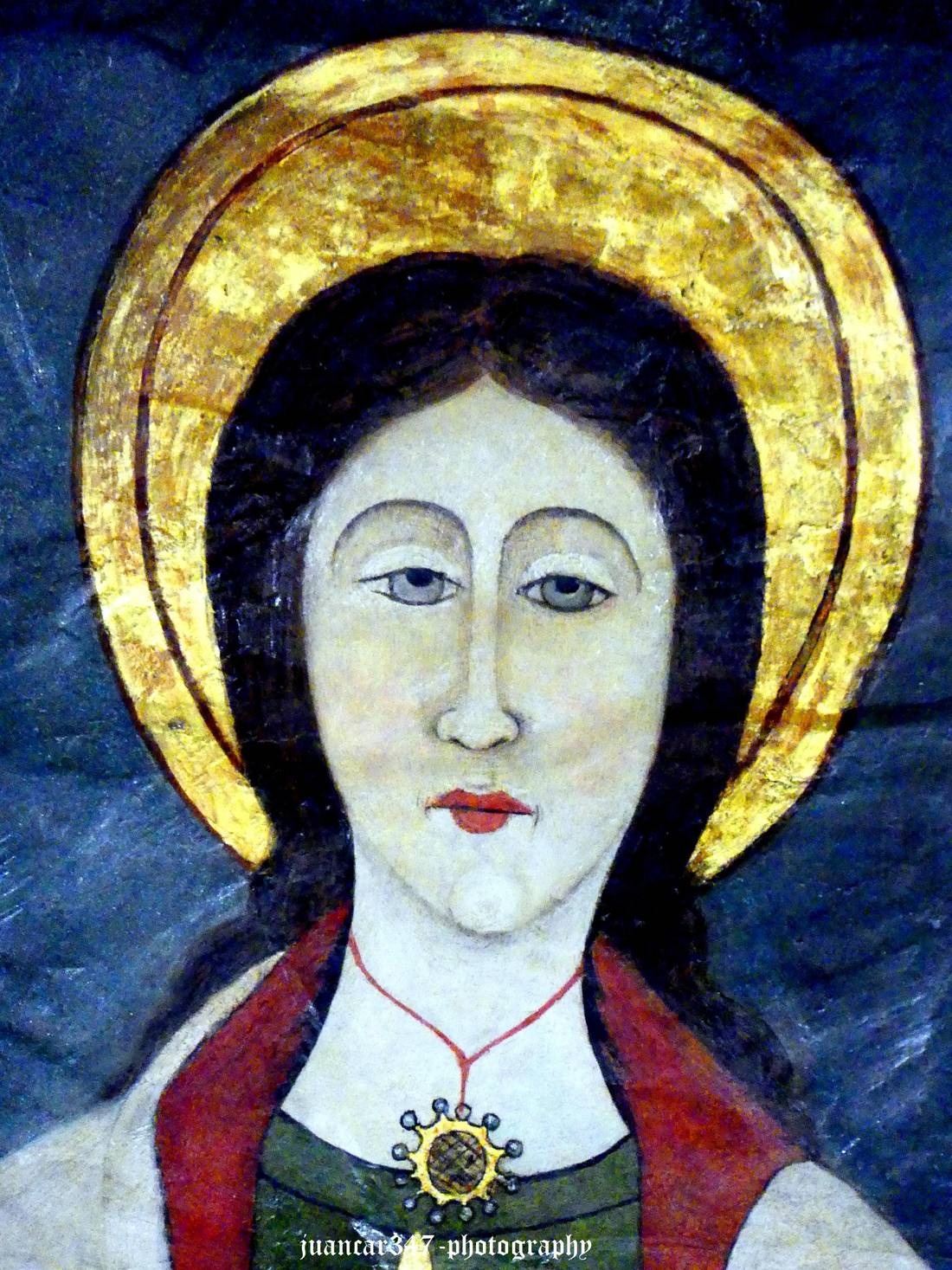
None of this is demonstrable, of course, but it may be interesting to record it as an anecdote, in the same way, that it can be quite an experience, to contemplate this beautiful image in detail, letting oneself be captivated, not only by the beauty and the sublime transcendence that it surrounds, but by the beauty and silence of the crypt that has housed it for many years.

NOTICE: Both the text and the accompanying photographs are my exclusive intellectual property and therefore are subject to my Copyright.
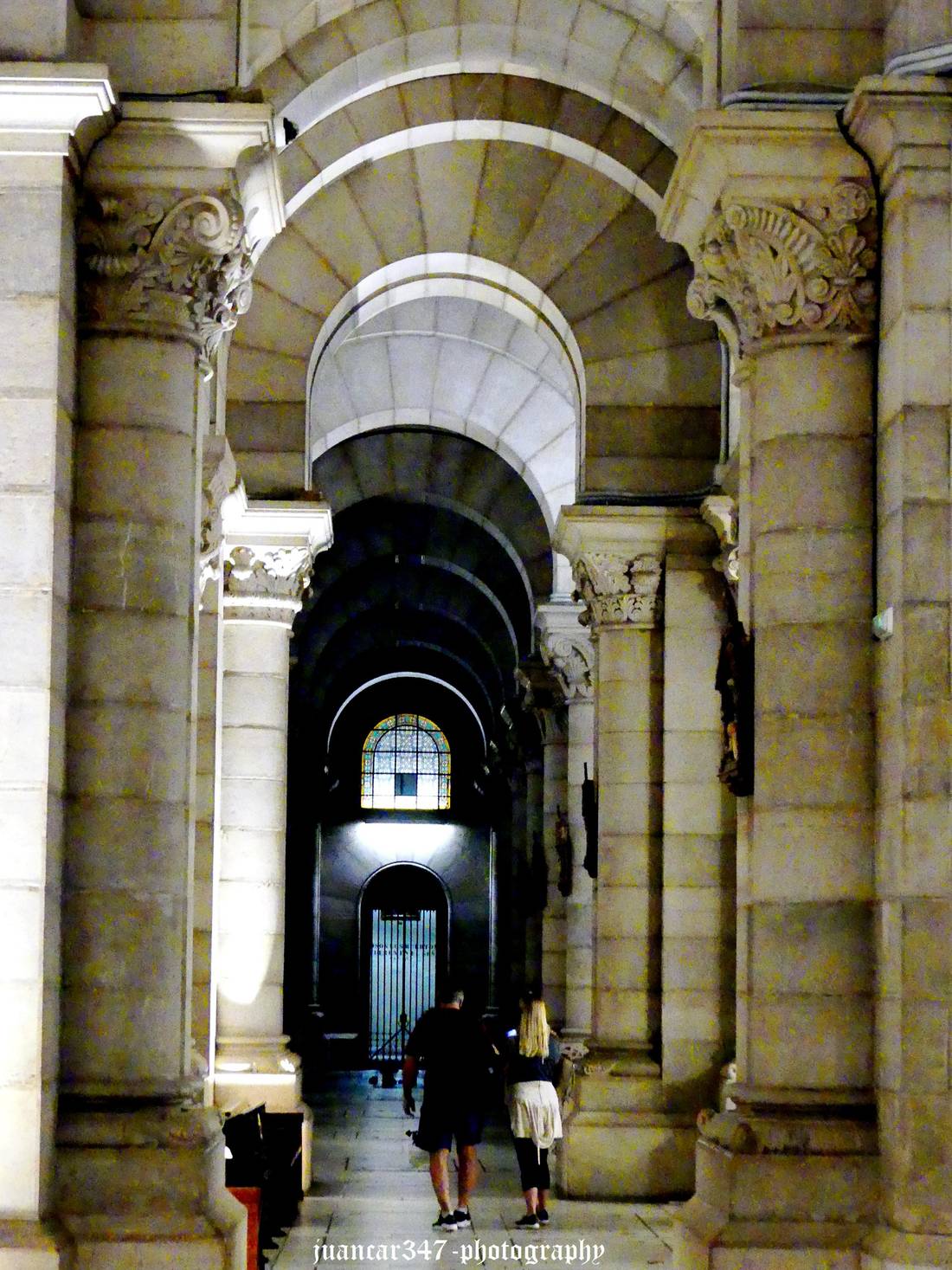
Travel Resources for your trip to Spain
Recommended by TravelFeed
Flights: We recommend checking Kiwi.com to find the best and cheapest flights to Spain.
Accomodation: Explore the best places to stay in Spain on Booking.com, Agoda and Hostelworld.
Travel Insurance: Medical emergencies abroad can be pricey, but travel health insurance is not. We always use SafetyWing for affordable and reliable coverage.
Car Rental: For hassle-free car hiring, DiscoverCars is our trusted choice with a wide selection of vehicles.
Internet: Got an eSIM compatible phone? Airalo is perfect for reliable internet access during your trip. Just install it before you go, and you're set!
Day Trips & Tours: We recommend GetYourGuide for a variety of well-organized and enjoyable activities.
Travel Planner: Need a hand planning? Our free travel planner chatbot is your personal guide to Spain. Chat now.
Disclosure: Posts on TravelFeed may contain affiliate links. See affiliate disclosure.

